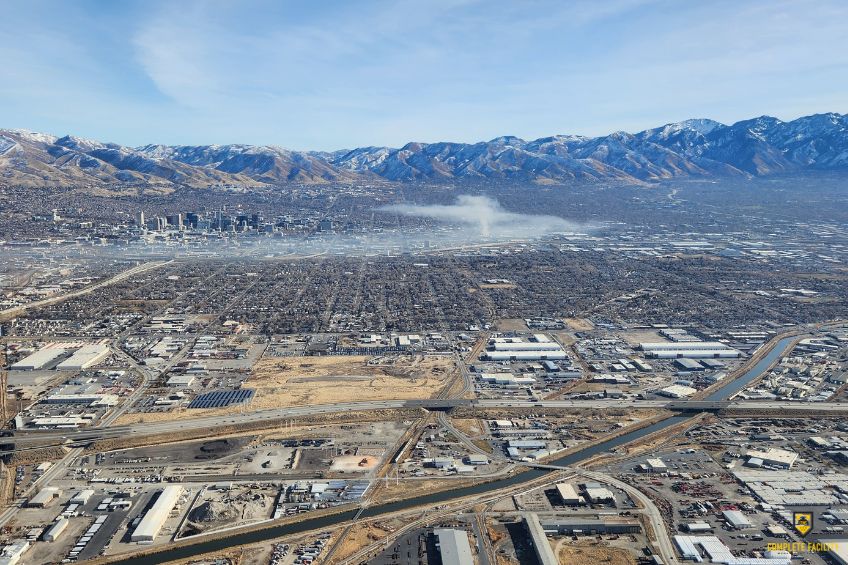
Utah’s unique climate, characterized by arid conditions, low humidity, and temperature extremes, presents challenges for maintaining manufacturing machinery and equipment. From scorching summer heat to freezing winters, these weather patterns can impact the performance and lifespan of industrial equipment. For facility managers and industrial property owners, understanding the effects of Utah's climate is vital for effective facility equipment management and ensuring long-term operational efficiency.
The dry air in Utah’s climate can lead to several maintenance concerns, particularly for machinery that depends on lubrication and smooth mechanical operations. Low humidity levels accelerate wear and tear on moving parts and contribute to the buildup of dust and debris, which can hinder equipment performance.
Key challenges include:
Maintenance strategies:
Utah’s hot summers and cold winters can have a significant impact on facility machinery maintenance. High temperatures may lead to overheating of equipment, while freezing conditions can cause mechanical parts to contract and fluids to freeze, leading to potential breakdowns and facility safety concerns.
Common temperature-related issues:
Maintenance strategies:
Proactive maintenance is essential for addressing the challenges posed by Utah’s climate. Regular inspections and timely repairs ensure that machinery remains in optimal condition despite environmental stresses. A comprehensive facility equipment upkeep plan can help mitigate the effects of extreme weather conditions.
Preventative maintenance steps:
For property managers and industrial facility operators in Utah, partnering with professionals for facility equipment management can help address climate-related challenges efficiently. Expert services provide:
By adopting tailored maintenance practices and staying vigilant about the unique challenges posed by Utah’s climate, industrial facilities can enhance equipment performance, improve operational reliability, and reduce costly downtime.